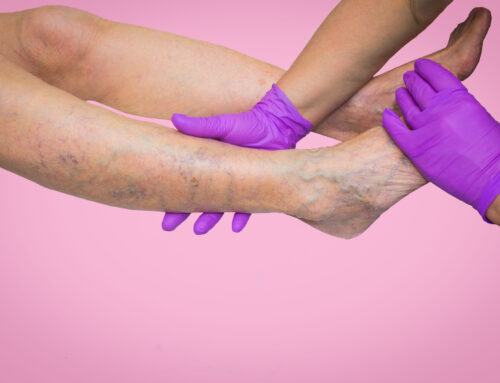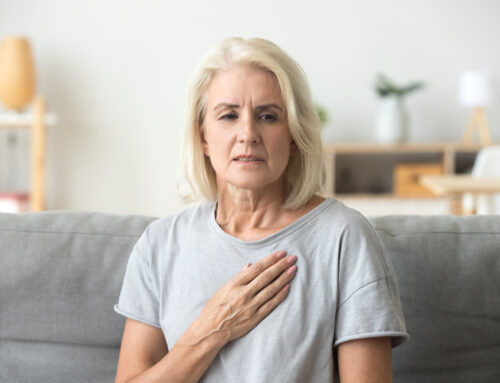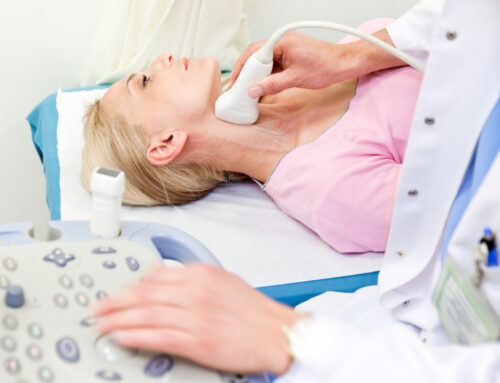Many of us have to deal with varicose and spider veins each day. It can certainly be uncomfortable from a physical and aesthetic standpoint. Fortunately, however, there are a few small changes that you can make to your daily life that can have a big impact on your vein health.
We often think of diet, exercise, and lifestyle as things that impact your weight, but did you know that they’re a lot more than that? In fact, what you eat and the habits that you form can affect almost every part of your body — including your veins.
Vein Damage
Let’s start with some basics. What is vein damage?
Generally speaking, vein damage can come in many forms and shapes. Anything from mild conditions, such as spider veins, to more serious ones, such as blood clots.
Here are a few examples of conditions that may be associated with vein damage:
- Chronic Venous Insufficiency
- Varicose Veins
- Spider Veins
- Deep Vein Thrombosis (DVT)
- Blood Clots
Venous conditions can come about for any number of reasons as well. For example, factors such as genetics, family history, gender, age, and overall health can all affect your chances of developing a venous condition.
What Can You Do About Damaged Veins?
It’s important to tackle health issues head-on. After all, you don’t want to wait to take action after all the damage is done. Here, we’ll talk about some proactive steps you can take to reduce your risk of developing more varicose veins (or other venous conditions).
Lifestyle Changes
The first step to take is to take a look at your lifestyle. Analyze what you eat, how much exercise you get, and what kind of habits you have. Do keep in mind, though, that even a healthy lifestyle is unlikely to cure existing varicose or spider veins. Instead, think of it as something that can reduce your likelihood of developing further vein damage.
Also, don’t forget to talk to your doctor before suddenly changing your diet or habits. They can help you decide on what kind of diet is best for you and whether or not something like leg elevation can benefit you. For now, however, here are some general tips to keep in mind.
Try To Exercise Regularly
Exercise is important to your whole body, including your vein health. The biggest thing that exercise does is help get your blood pumping and circulating through your veins. Low-impact activities such as swimming, walking, or Pilates can be a great way to get some movement in without putting too much strain on your joints.
Additionally, exercise can also help keep your body weight at a healthy level. Remember that excess weight can put unnecessary strain on your veins.
Avoid Sitting For Long Periods Of Time
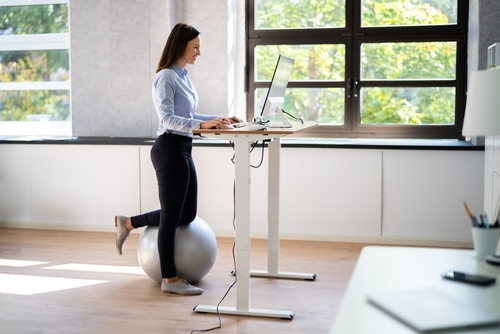
Sitting in any single position for a prolonged period of time can, unfortunately, have a bad effect on your veins. Not only are you getting little physical activity when you’re sitting, but your blood isn’t circulating as much. If you happen to have a job that requires a lot of sitting, make sure to keep this in mind throughout the day. Take a break and walk around occasionally, or get a desk that allows you to stand as you work.
Avoid Excess Heat
If you already have pre-existing varicose veins, you may have noticed that they tend to ache more in the summer. This is because heat can cause veins to expand. Although this may not sound bad, what it actually means is that your valves may have a hard time closing and opening correctly. Especially since the widening of the vein may cause more blood to try to push through all at once.
To combat heat, try to avoid hot tubs, Jacuzzis, and other hot baths. During the summer, avoid going outside on very hot days. Finally, don’t forget to drink plenty of water to stay hydrated.
Maintain A Healthy Diet
Your veins need a number of different vitamins and minerals to stay in tip-top shape. For example, Vitamin B helps reduce your chances of developing blood clots, and Vitamin C can help stimulate collagen production. That’s why getting plenty of leafy greens and fruit is so important.
Collagen aside, however, a balanced diet can also help you maintain a healthy weight. As we mentioned above, excess weight can increase your chances of developing varicose or spider veins.
Elevate Your Legs
No, you don’t need to elevate your legs all the time, but a few daily sessions can be helpful. Try placing a few pillows under your feet and legs to keep them elevated just above your heart level. The goal is to help your blood circulate back to the heart.
You’ll want to place the pillows lengthwise so that your foot, calf, and thighs are all at a comfortable elevation. Alternatively, there are also pillow “wedges” that you can buy specifically for this purpose.
Try repeating this about 3-4 times per day, for 15 minutes a session. Beforehand, however, do ask your doctor if leg elevation is right for you.
Ask About Compression Stockings
Last but not least, let’s not forget compression stockings and socks. Compression wear can be an easy way to give your veins some support and encourage healthy blood circulation. The best part is that compression socks have actually come a long way in recent years. You can now find them in all kinds of different colors and lengths.
Minimally Invasive Procedures
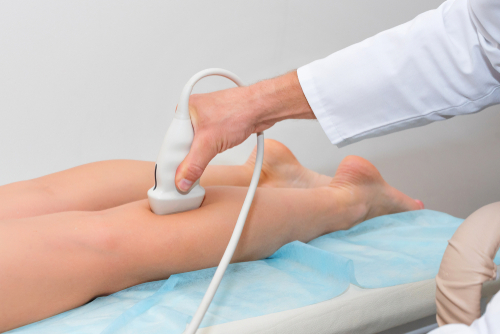
When it comes to preventing future varicose veins, lifestyle and habit changes are a must. Having said that, it is important to keep in mind that exercise and healthy eating won’t get rid of existing varicose veins. The best way to address these is with medical treatment. Fortunately, there are a variety of easy, minimally-invasive procedures available today to combat varicose and spider veins.
Here are a few examples:
- Sclerotherapy
- Venous Ablation
- Microphlebectomy
Frequently Asked Questions
We hope that this article helped answer some of your questions regarding vein damage and what you can do about it. Just in case, though, here are a few more F.A.Q’s that could be helpful.
Are Varicose Veins Painful?
Varicose veins can be uncomfortable, but they should not be outright painful. Many people find that varicose veins can be accompanied by achiness or a feeling of heaviness in the legs. If, however, you’re experiencing sharp pain or unusual symptoms, you should tell your doctor immediately.
Can Varicose Veins Disappear With Exercise?
As we mentioned earlier, existing varicose veins are unlikely to disappear without medical treatment.
How To Get Insurance To Pay For Varicose Vein Removal?
Not all insurance plans cover varicose vein treatment. The best way to find out whether or not your insurance covers your treatment plan is by inquiring with both your insurance company and the clinic you’re visiting. Oftentimes, the severity of your condition can affect whether or not your insurance covers the procedure.
Can You Tattoo Over Varicose Veins?
You should not try to tattoo over a damaged vein. Not only is this uncomfortable, but it doesn’t offer a permanent solution for the appearance of the vein. If you have one varicose vein, you’re likely to develop more in the future. Instead, try to talk to your doctor about what kind of changes you can make to your lifestyle. In addition to that, you can also inquire about medical treatments such as sclerotherapy or venous ablation.
For a quick one-day fix, there are also cosmetic options. For example, makeup concealer or tanning lotion may help with the aesthetic appearance of bulging varicose veins.
Flint Vein Solutions
As we mentioned earlier, medical intervention is the only way to remove existing varicose and spider veins. Having said that, making small changes to your daily habits can help reduce your risk of developing new vein problems. Remember, healthy veins require constant upkeep, just like any other part of the body.
If you’re interested in learning more about your veins, don’t hesitate to schedule a FREE vein screening with us today. During your vein screening, a vein specialist will talk through your concerns with you and do an examination. They will also be able to go over some potential treatment options, cost estimates, and possible outcomes with you.
Don’t hesitate to reach out to us with any questions you may have. Our office can be reached at 810-232-3363. Else, you can also visit our contact page and fill out our convenient online form. We look forward to seeing you soon!
Request A Consultation
Give Us A Call:
(810) 232-3363
Give Us A Call:
(810) 232-3363
